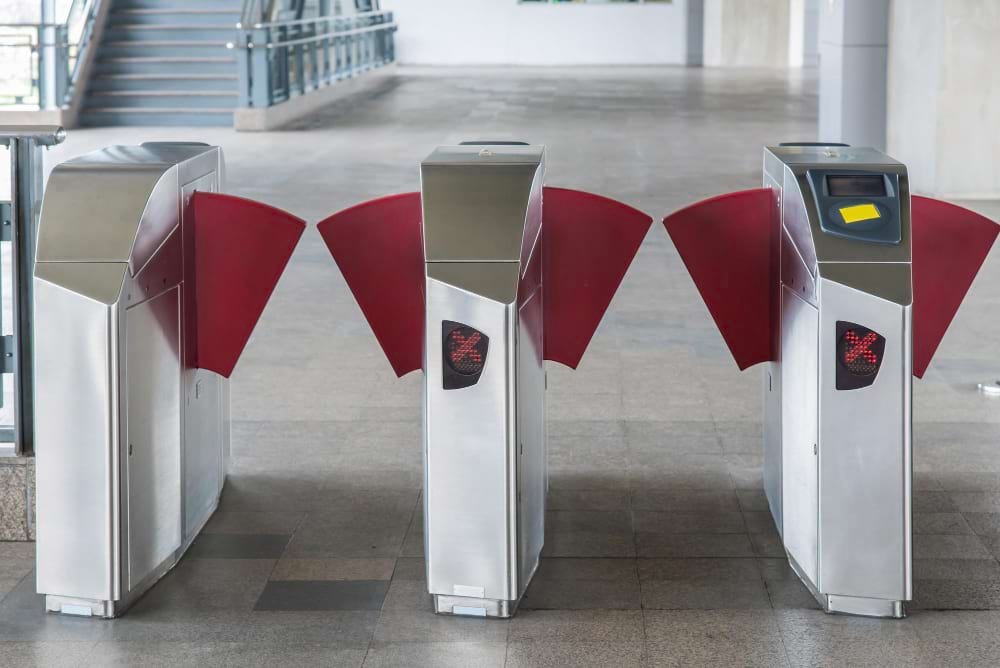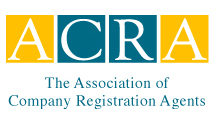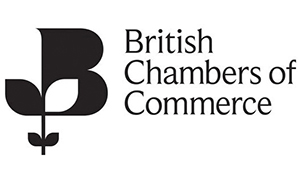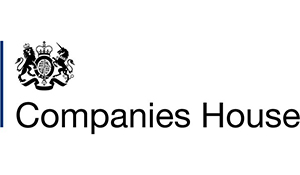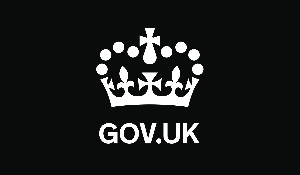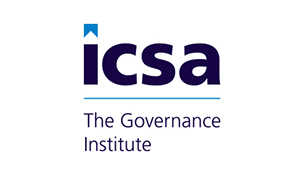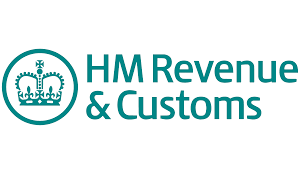The EES launch date has been set for November 10, 2024, and according to the Ministry, Lithuania has already fulfilled all the technical requirements and is currently undergoing the testing procedure of the system.
This means that the country is ready to launch the system three months from now and does not expect to encounter any problems, EU Helpers reports.
Commenting on the system, the Deputy Minister of Interior, Arnoldas Abramavičius, said during a meeting with the Ambassador of the UK to Lithuania, Brian Olley, that the implementation of the EES will facilitate entry and exit from the bloc for all citizens of non-EU countries.
He further emphasised that cooperation between the countries is needed so that foreign travellers do not face any inconvenience when reaching the EU.
To ensure that everyone is aware of the rules that will apply once the EES is launched, Lithuania’s Border Guard Service will start an informing campaign for foreigners in September.
How Will Entry/Exit System Affect Foreigners Entering the EU?
Once the EES is implemented, all citizens of non-EU countries entering the Schengen Area will have to register into the system.
The EES will replace manual passport stamping, which is considered to be time-consuming and does not allow proper detection of those overstaying in the zone.
Starting November 10, all foreigners, regardless of whether they need a Schengen visa or not, will have to register into the system.
In the registration process, foreigners will need to provide personal and travel document information. Moreover, they will also need to provide their biometric data – facial images and fingerprints.
The data of foreigners will ne stored in a safe database for three years. This means that foreigners entering the Schengen Area will not have to undergo the registration process multiple times.
While the system is expected to cause delays at the beginning stage as the registration process will take some time, travel to and from the bloc will go more smoothly and there will no longer be long queues at the borders once the majority have completed this step.

